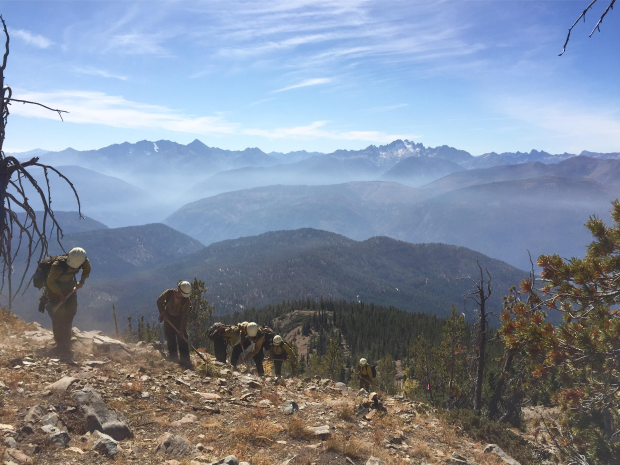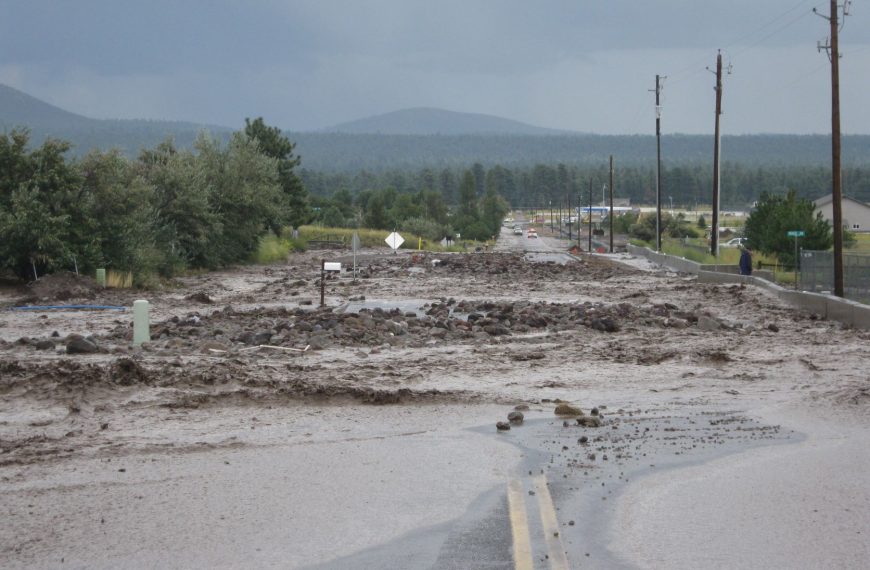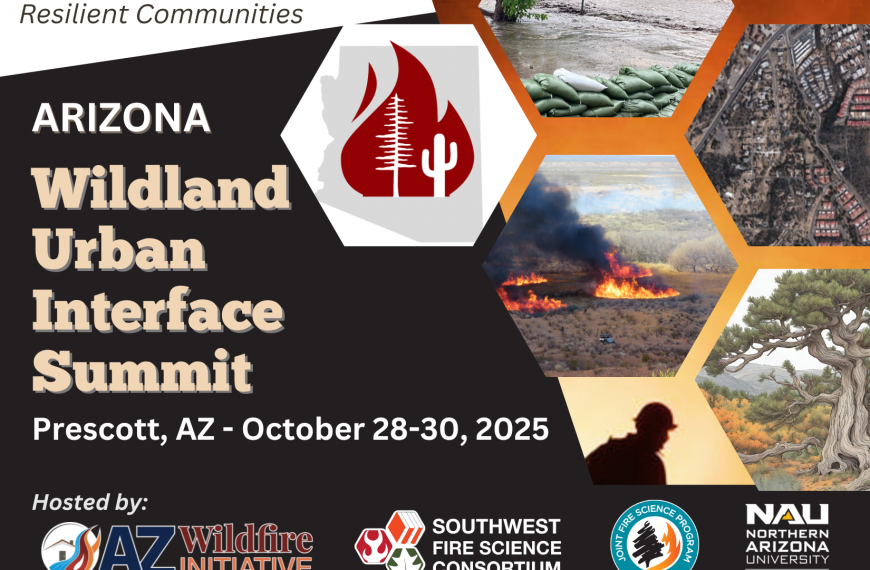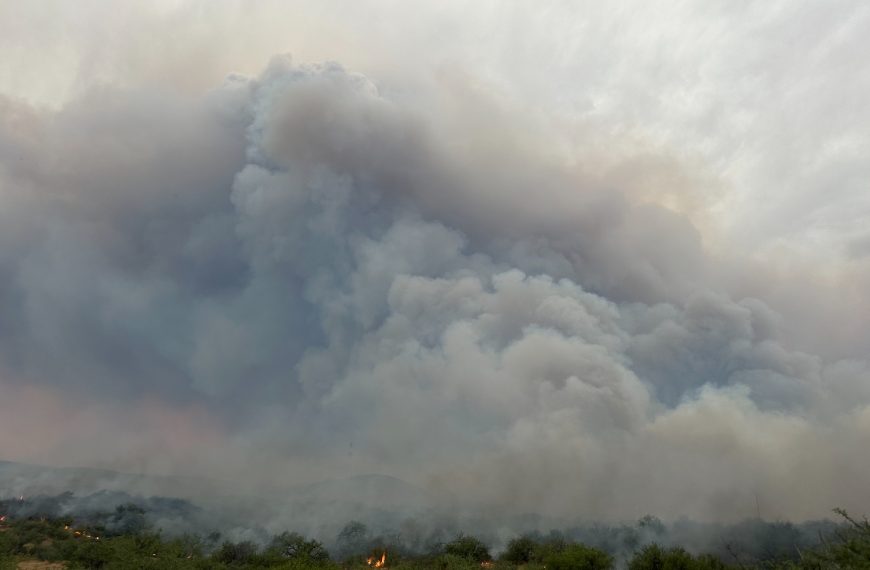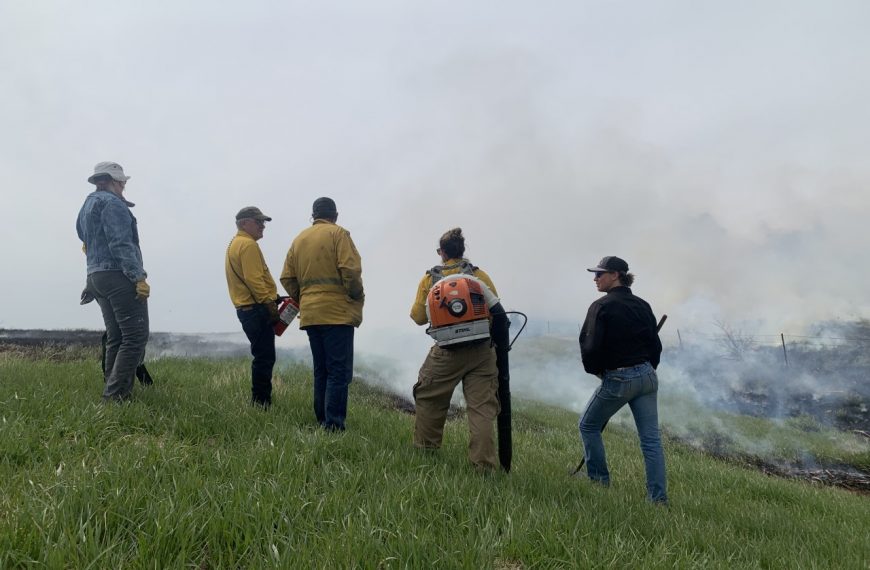Date: December 6, 2017 12pm Mountain
Presenters: Crystal Stonesifer, USDA Forest Service, Rocky Mountain Research Station, Human Dimensions
A frequent prerequisite for meeting fire management objectives is the availability of key suppression resources, prepositioned for timely response. In the United States, multi-jurisdictional fire suppression demand is met by a national-scale pool of suppression resources that come from a variety of jurisdictions and provide a wide range of skills, experience, and associated mobility limitations and logistical needs. Clear dispatch protocols typically allocate resources within local or regional response areas when fire demand is at or below historical average. However, once demand exceeds the regional response capacity, the decision-making processes driving allocation of limited resources are not widely understood and are based largely on mental heuristics, particularly during periods of increased resource scarcity (i.e., elevated Preparedness Levels). Moreover, perceptions among operations personnel regarding the relative value and scarcity of specific resources and the nature of resource substitutions that typically occur, given limited availability, are poorly understood. We designed and implemented an online survey of U.S. Forest Service employees who hold direct or indirect responsibility for ordering suppression resources; our main research objective was to identify the field’s perceptions of resource importance, scarcity, and substitutability. Importantly, we asked questions to help distinguish between resources that are high value, scarce, and without substitutes versus ones that are low value, readily available, and highly substitutable. We hypothesized that resource ordering patterns change with elevated resource scarcity and that, because of this, true resource demand and frequent resource associations and substitutions are not reflected in dispatch summary reports. In this seminar, we will present an overview of our survey results, including future research and analysis plans. Additionally, we will relate the discussion back to firefighter risk, exposure, and risk transfer themes. Click here to view a recording of this webinar!

